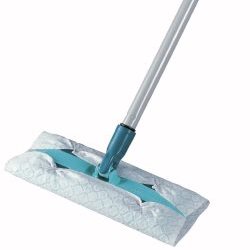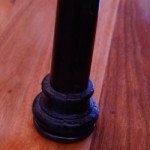Tips & Tricks
How to care for your hardwood floors
Understanding how to care for your timber floors will keep them looking beautiful for years.
Reduce wear, prevent dents and scratches
If you have just gone through the effort to have your floors sanded and polished, you want to keep them looking their best. With a little sensible care and maintenance, your timber floor will look beautiful for years.

- Remove dirt and grit before it scratches and dulls your floor’s finish.
- Sweep your floors at least once a week to remove dirt, preferably using an electrostatic or microfibre mop that traps the dust and grit without scratching the surface. Most electrostatic cleaning mops use disposable cloths, available at supermarkets and discount stores. Change the cloth, or use the other side, when its covered in dust to avoid scratching the floor surface
- You can also vacuum with a floor-brush attachment on a vacuum cleaner or an electric broom. Do not vacuum with the cleaner head on the carpet setting (make sure the floor brush is down) or with a beater bar attachment. Both can scratch a wood floor’s finish
Protect your floor from damage
- Remove dirt and grit before it scratches and dulls your floor’s finish.
- Sweep your floors at least once a week to remove dirt, preferably using an electrostatic or microfibre mop that traps the dust and grit without scratching the surface. Most electrostatic cleaning mops use disposable cloths, available at supermarkets and discount stores. Change the cloth, or use the other side, when its covered in dust to avoid scratching the floor surface
- You can also vacuum with a floor-brush attachment on a vacuum cleaner or an electric broom. Do not vacuum with the cleaner head on the carpet setting (make sure the floor brush is down) or with a beater bar attachment. Both can scratch a wood floor’s finish

Placing protector pads under heavy furniture prevents dents and wear marks
- Prevent marks and scratches in high wear area by placing rugs in these areas. A rug in the kid’s play area ensures toys don’t scratch or mark the floor.
- To avoid fade marks on the floor, keep the direct sun off the floor by closing curtains and blinds when possible. You may also find that the rugs can cause the timber floor to fade unevenly. So it is a good idea to move rugs and furniture around occasionally, to evenly exposure the floor to sunlight and rugs.
Apart from the elegant look of polished floorboards – they also have longevity. Polished floorboards will outlast the life of any carpet but like anything in your home, maintenance is required to ensure the longevity.
Cleaning spills and marks
- When dirt and grime build up, and can’t be completely removed by regular dusting or dry-mopping, your floors will a deeper cleaning.
- Timber floors should be cleaned with as little water as possible. Don’t use a wet mop or any household floor cleaners, as these can affect the moisture content of the timber and may damage the wood or finish.
- Use a slightly damp mop with a wood-cleaning product specifically for floors. Follow the instructions on the product label. Damp-mop the floor, but don’t let water pool or sit on the floor. Rinse with a mop dampened in clean water, but only if the cleaning product requires it.
- Any liquid spills should be wiped up immediately with a soft cloth.
Age and sunlight change the colour of timber floors
Even with well seasoned timber, finished with a hard polyurethane, wood continues to absorb moisture. During summer, when it is humid, your floor will absorb moisture and swell, gaps will close up, and the timber may even rise in the middle. During winter, when the air is drier, or in air conditioning, it releases moisture, dries out and shrinks.You might see gaps open up. A properly laid, sanded, and finished floor should not have noticeable bowing, cupping or gapping. Movement of this type in your floor could mean water is seeping into the timber. Call us to get it checked.
Post Tagged withFloor care

